WHAT’S NEW……… Look for my good friend Bill Fortney’s new e-book “A GUIDE TO THE FUJI XT-1” for sale coming December 5th. It is a comprehensive guide to this magnificent camera containing over 160 pages and 250 illustrations. It is a true user’s guide containing countless tips, recommendations and examples of work done with the Fuji X-System family of cameras. Reviews of lenses, buying recommendations, how to build a system, how to carry it all, and much more! Click HERE for information. 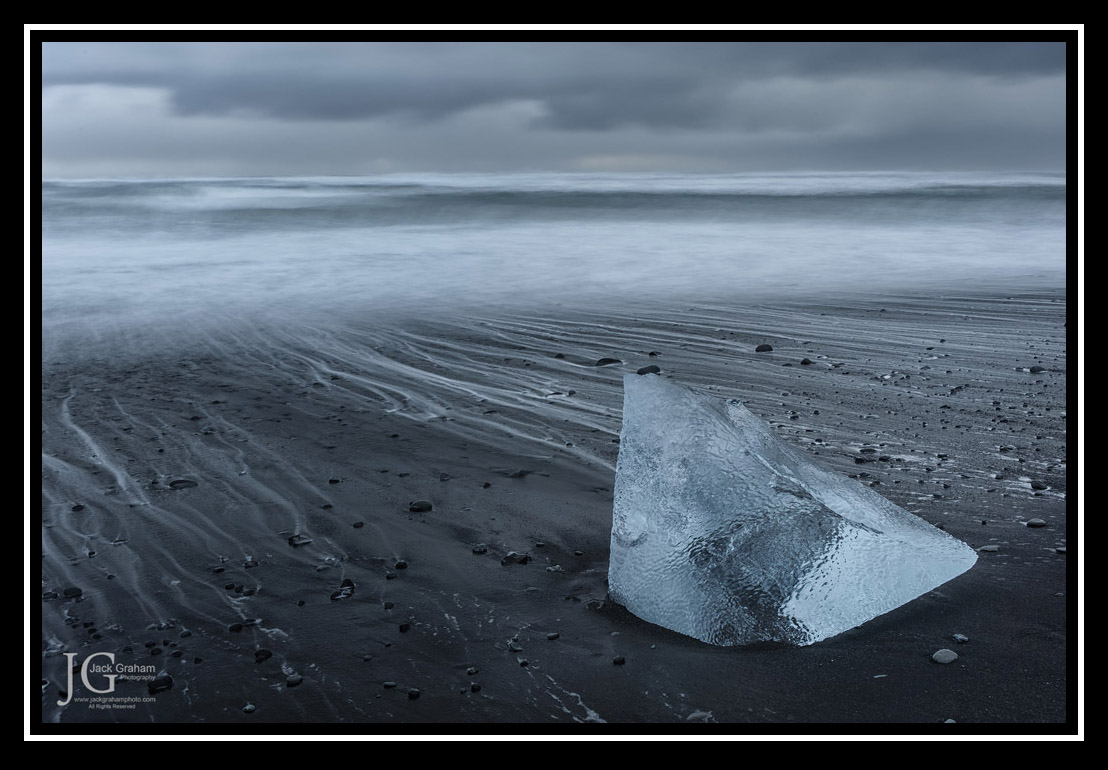
This month’s issue of Extraordinary Vision Magazine has an article on long exposure photography. For those who have interest in long exposure photography take a look. This online magazine (available for iOS and Android) is a very high quality publication and well worth your time exploring. I am honored to be part of it this month! You can read it for free by clicking HERE
 WORKSHOPS 2015… HIGHLIGHTS: COMPLETE INFORMATION; HOW TO REGISTER:
WORKSHOPS 2015… HIGHLIGHTS: COMPLETE INFORMATION; HOW TO REGISTER:
2015-Workshop-Schedule (Remember register before Jan 1 and receive a 10% discount (not including International workshops or workshops I do with the Pacific Northwest Art School)
Here is the complete list of my WORKSHOP DISCOUNTS.
1) Back by popular demand— Bill Fortney will be back in Nelson Nevada and the “Boneyard” (Las Vegas Neon Museum) in March for a sequel to this month’s successful experience in these locations.
2) New locations in 2015! — Northern Iceland Photography workshop in July right on the heels of our Iceland, Southern Coast Workshop; Blue Ridge Parkway & Grandfather Mtn with Bill Fortney in June and back to NE Ohio (and our amazing full day with the Amish) in October.
3) Other locations include: Death Valley, Olympic Peninsula, Fall and winter trips to the Tetons, 2 workshops in Arizona featuring the slot canyons, Hunt’s Mesa and Canyon de Chelley, ….. Zion National Park, 2 workshops on the Oregon Coast, and the Palouse with Bill Fortney
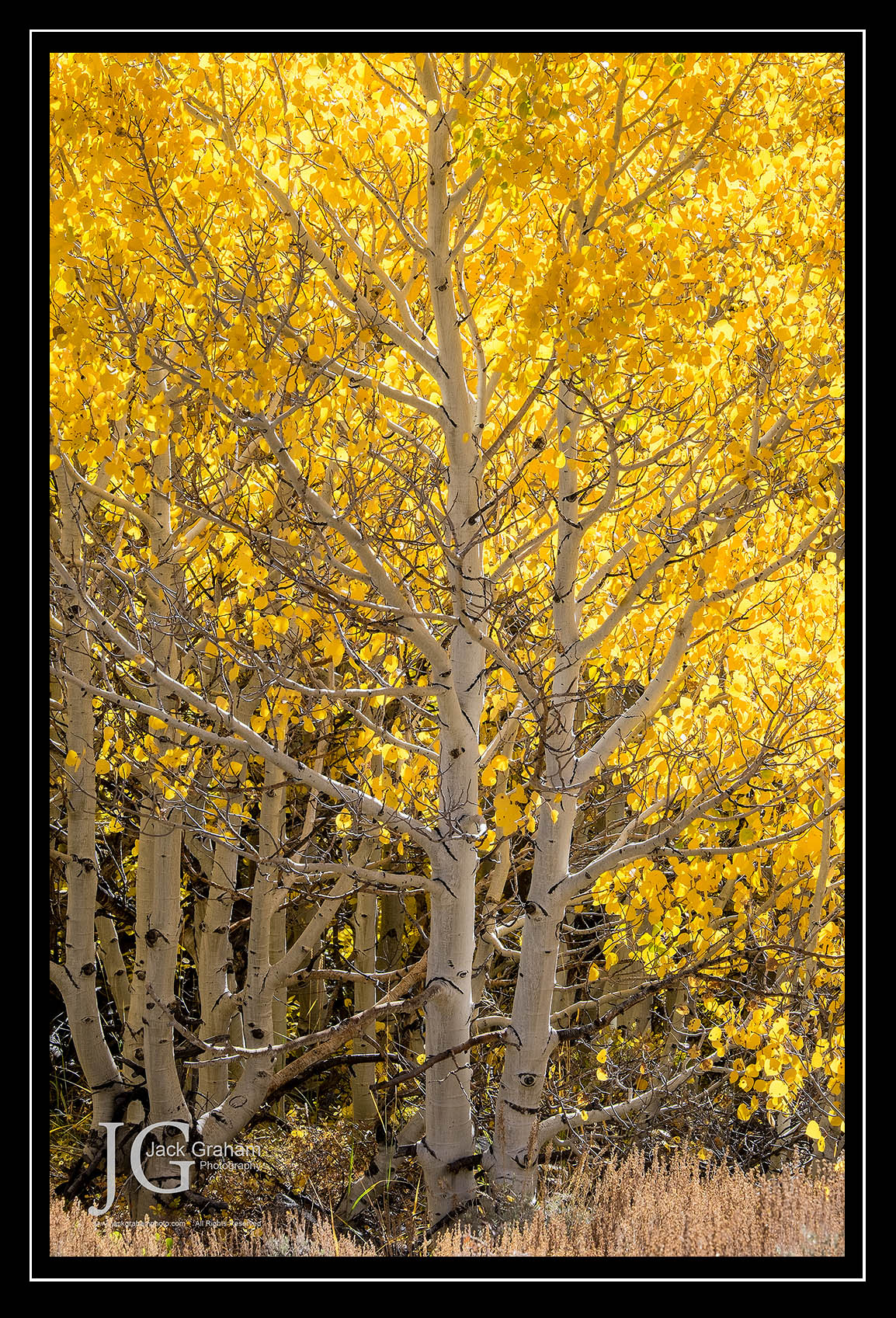 4) Don’t forget … I’ll be in the Eastern Sierra once again (21st year) this October for our fall color workshop with my good friend Guy Tal. We’ll also be doing our Master Class the following week. This year’s was a great success…don’t miss this!
4) Don’t forget … I’ll be in the Eastern Sierra once again (21st year) this October for our fall color workshop with my good friend Guy Tal. We’ll also be doing our Master Class the following week. This year’s was a great success…don’t miss this!
5) PACIFIC NORTHWEST ART SCHOOL—on Whidbey Is, WA—This year in addition to our annual 3 ½ day event in June, I’ll be doing some special 2 day events. Please visit their website for details. These 2 day events are totally different from our June event and are already creating lots of interest.
6) Finally Iceland… Our 2015 ULTIMATE ICELAND winter workshops are sold out and our 2016 winter events are already about ½ sold out…. Register now. There are still a few seats remaining for our July excursions. Look for a big announcement in February regarding another winter location!
________________________________________________________________________
FEATURED ARTICLE
The Power of Monochrome ©Jack Graham
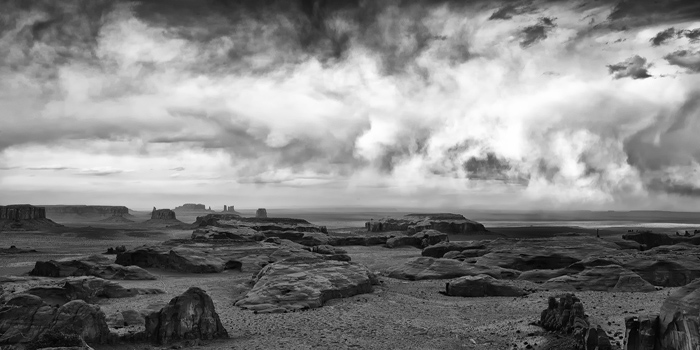 When reading this short essay, remember I have no plans to abandon color photography. My feelings are that both mediums have their place. Some images are better represented in color and others in monochrome. The principles of photography carry over to both methods. The only difference is in certain images, the lack of color and the power of monochrome can stand out when applied correctly.
When reading this short essay, remember I have no plans to abandon color photography. My feelings are that both mediums have their place. Some images are better represented in color and others in monochrome. The principles of photography carry over to both methods. The only difference is in certain images, the lack of color and the power of monochrome can stand out when applied correctly.
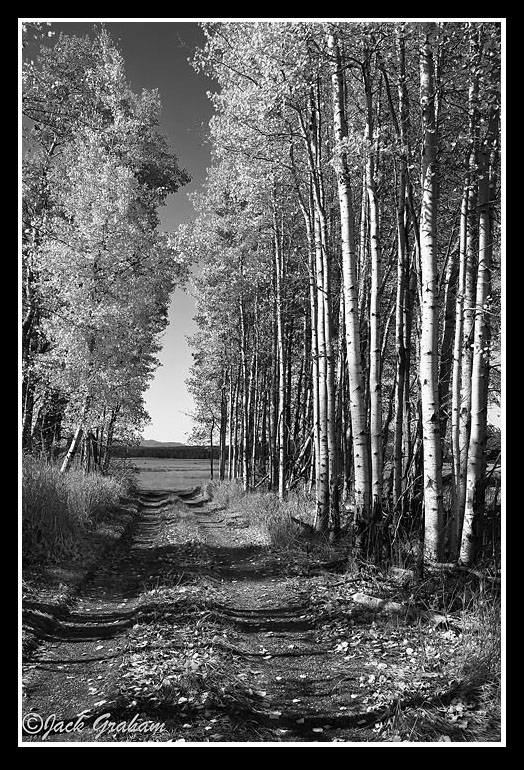 I also prefer to use the term monochrome rather than black and white. When viewing a black and white image, we are really looking at shades of gray, not just black and white. When we think of monochrome photography we almost always think of Ansel Adams, Henri Cartier Bresson, Minor White, Robert Frank, Paul Strand, Dorethea Lange and Edward Weston, just to name a few. We think of powerful images delivering a story clearly transmitted to our brains. We think of monochromatic images going back to the acceptance of photography as an art. Thank you Mr. Stieglitz!
I also prefer to use the term monochrome rather than black and white. When viewing a black and white image, we are really looking at shades of gray, not just black and white. When we think of monochrome photography we almost always think of Ansel Adams, Henri Cartier Bresson, Minor White, Robert Frank, Paul Strand, Dorethea Lange and Edward Weston, just to name a few. We think of powerful images delivering a story clearly transmitted to our brains. We think of monochromatic images going back to the acceptance of photography as an art. Thank you Mr. Stieglitz!
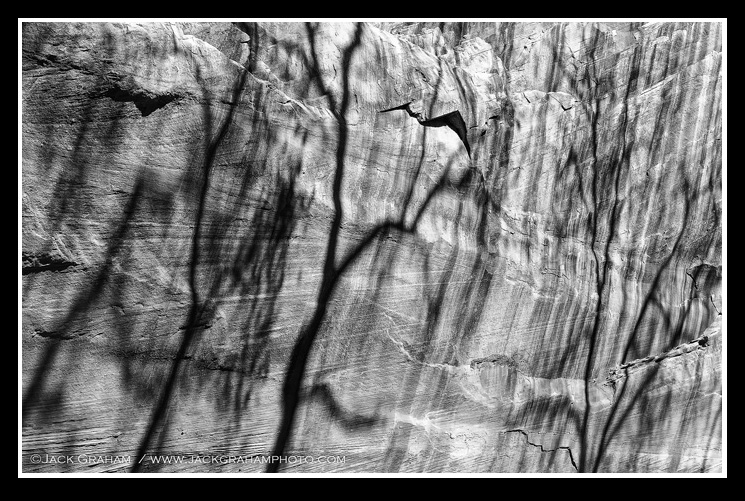 Color film was actually developed in the mid-1800s but due to the primitive nature of the products, colors faded from the prints quickly. Just before 1900, if one had the money, one could buy the proper equipment to make color images. Only the very rich could afford to play in this process.
Color film was actually developed in the mid-1800s but due to the primitive nature of the products, colors faded from the prints quickly. Just before 1900, if one had the money, one could buy the proper equipment to make color images. Only the very rich could afford to play in this process.
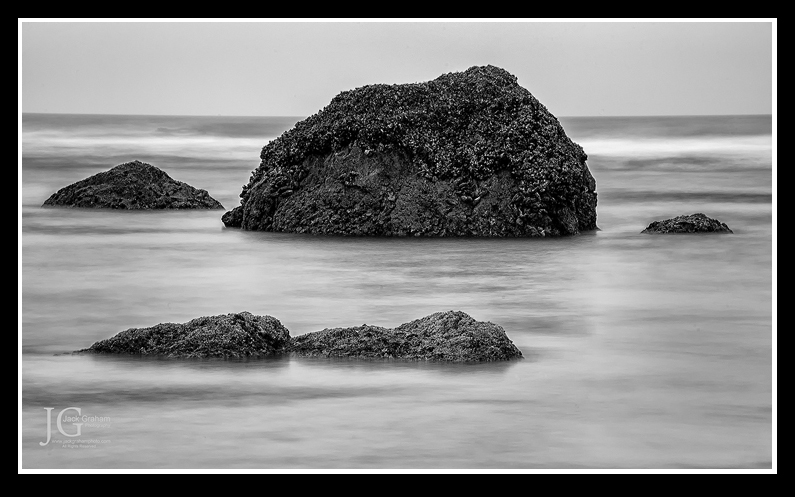 In 1935 Kodak brought to market Kodachrome. However because of the expense compared to black and white, color processing was not the norm until the 1970s, just 50 years ago! Interesting enough it was Polaroid who introduced the first instant color film in 1963. By 1970 color film was the norm for most “snapshots.” However, black and white film was still used by some photographers for the aesthetic nuances that it offers. It was common for black and white photographers to do their own developing and printing. Color film was dramatically improved, but black and white photography continued to be used as a different method to tell the story, in unusual and powerful ways.
In 1935 Kodak brought to market Kodachrome. However because of the expense compared to black and white, color processing was not the norm until the 1970s, just 50 years ago! Interesting enough it was Polaroid who introduced the first instant color film in 1963. By 1970 color film was the norm for most “snapshots.” However, black and white film was still used by some photographers for the aesthetic nuances that it offers. It was common for black and white photographers to do their own developing and printing. Color film was dramatically improved, but black and white photography continued to be used as a different method to tell the story, in unusual and powerful ways.
Today I strongly feel that deciding to eliminate color, as an option in telling our story through photography, is a choice not to be taken lightly. It is important to decide, even before the photograph is made, if this image is a possible candidate for monochrome. I have made many images where color is actually a distraction from the strength of the image itself as well as subtracting from the meaning I am trying to convey.(See example below)
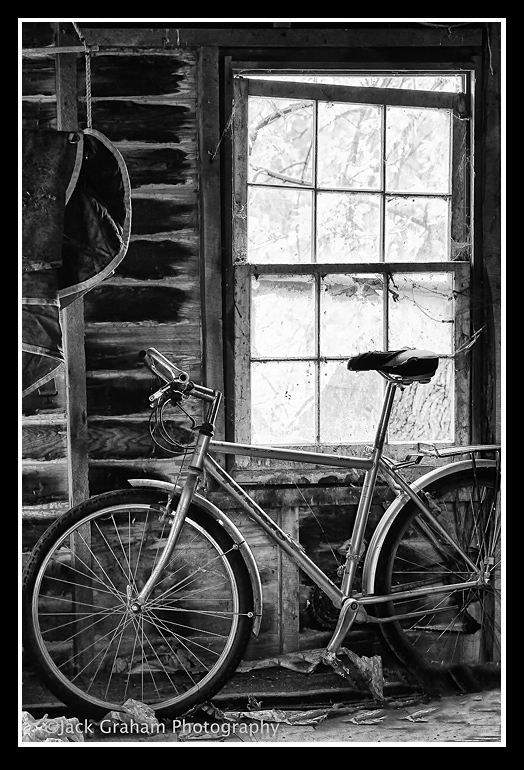 Form, as well as texture, can be brought out in monochrome much stronger than in color. In monochromatic photography, we are using our eyes and brains to look the form of a subject, the texture of the subject and not confusing ourselves with trying to, at the same time, decipher and process color. When making color images we think about brightness, hue of color and more. With monochrome images we are only dealing with shades of gray. This is one reason why monochrome images can be exceedingly more powerful than color if produced correctly. Again, the process starts before the camera comes out of the bag.
Form, as well as texture, can be brought out in monochrome much stronger than in color. In monochromatic photography, we are using our eyes and brains to look the form of a subject, the texture of the subject and not confusing ourselves with trying to, at the same time, decipher and process color. When making color images we think about brightness, hue of color and more. With monochrome images we are only dealing with shades of gray. This is one reason why monochrome images can be exceedingly more powerful than color if produced correctly. Again, the process starts before the camera comes out of the bag.
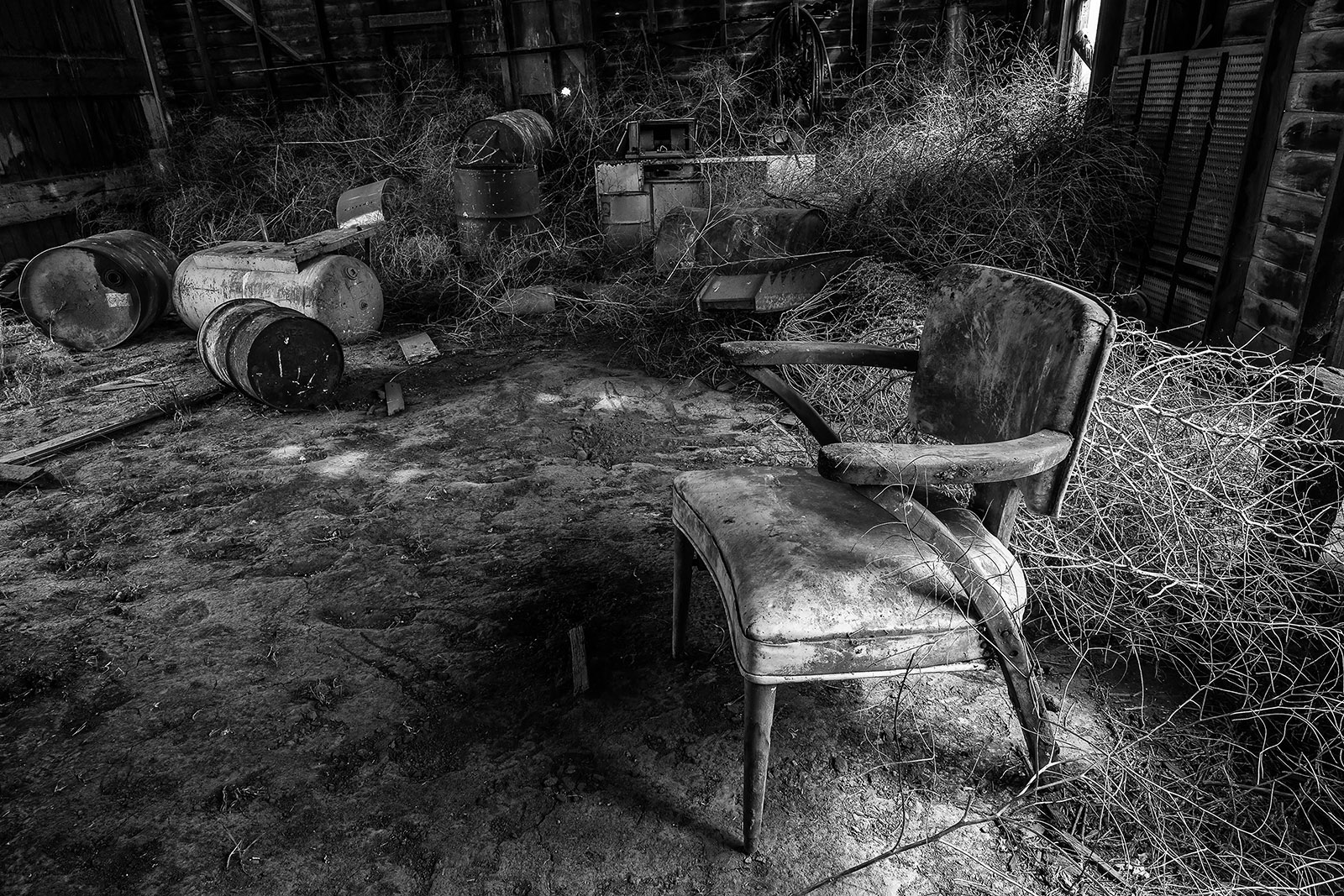 Photoshop, or any type of computerized monochrome processing that we may be working with today, parallels what Weston and Adams did in the darkroom years ago. In many ways monochromatic photography can exceed the power of color both in emotion and how the image is viewed and interpreted.
Photoshop, or any type of computerized monochrome processing that we may be working with today, parallels what Weston and Adams did in the darkroom years ago. In many ways monochromatic photography can exceed the power of color both in emotion and how the image is viewed and interpreted.
LEARNING TO SEE IN MONOCHROME
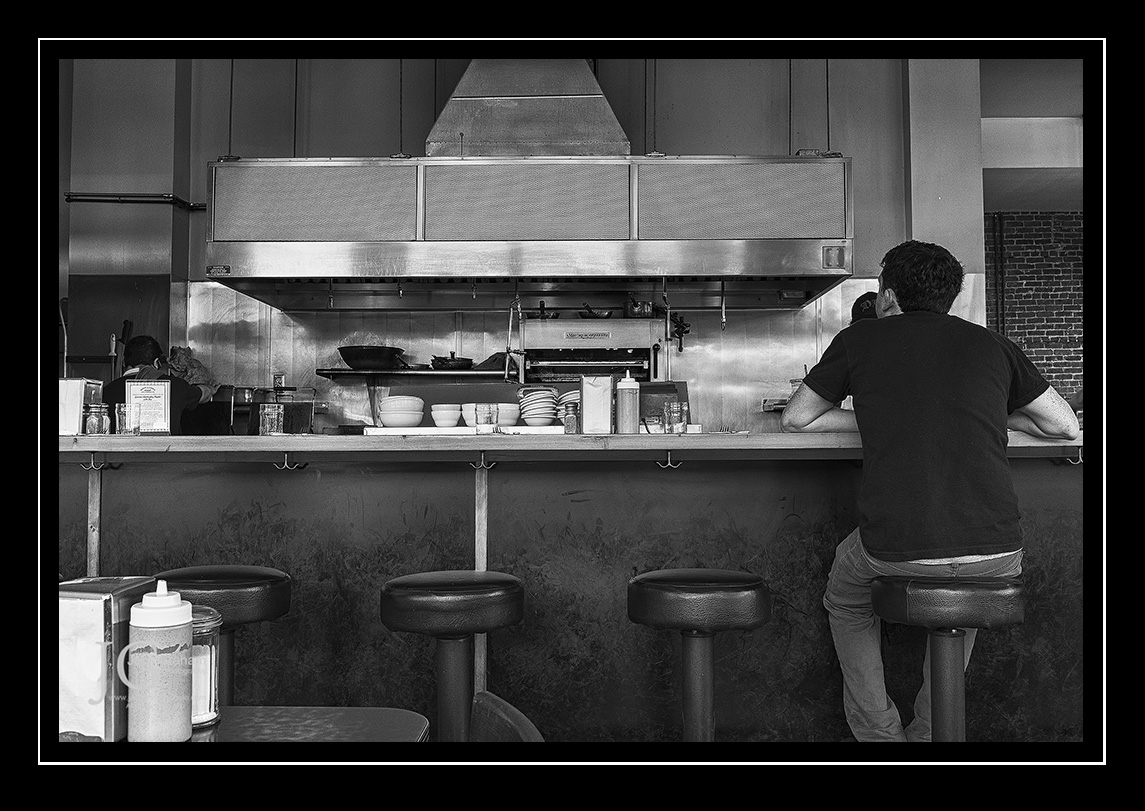 When working in monochrome consider using tone, brightness, texture and contrast within your image to tell the story and communicate your feeling. Consider that complementary colors like red and green can often look the same in monochrome. If the textures in a monochrome image are identical they become hard to differentiate. Using different textures within an image in monochrome is another way to bring out the feeling from the start. I find differentiating the depth of field of a subject in monochrome photography is more important than if photographing in color. Making one part of the image sharp and the other out of focus can really accentuate the image.
When working in monochrome consider using tone, brightness, texture and contrast within your image to tell the story and communicate your feeling. Consider that complementary colors like red and green can often look the same in monochrome. If the textures in a monochrome image are identical they become hard to differentiate. Using different textures within an image in monochrome is another way to bring out the feeling from the start. I find differentiating the depth of field of a subject in monochrome photography is more important than if photographing in color. Making one part of the image sharp and the other out of focus can really accentuate the image.
Using these concepts and techniques will get you on the path to seeing in monochrome and being able to deliver images with significant value. But there is much more to learn about making quality monochromatic images. Understanding the Zone system, proper processing technique in monochrome as well as perfecting your printing technique are all important. I strongly suggest reading and learning from Guy Tal’s Creative B & W Landscape Photography. Also reading Ansel Adam’s book “The Negative”, originally published in 1981, is suggested.
_________________________________________________________________________
FOR ARTICLES AND WORKSHOP PREVIEWS The material and images contained in this writing above may not be reproduced in any form .All Photographs as well as text appearing here is the property of Jack Graham and Jack Graham Photography LLC, unless otherwise noted. These photos are protected by U.S.Copyright laws and are not to be reproduced or used in any way without the written permission of Jack Graham and Jack Graham Photography LLC By entering these sites you accept these terms. If you need permission to use this material please call 503-625-1430 or email jack@jackgrahamphoto.com


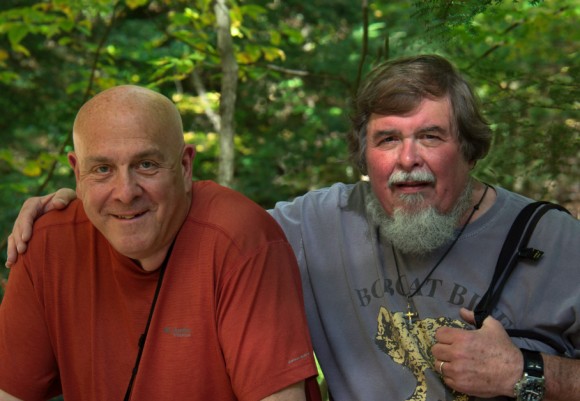
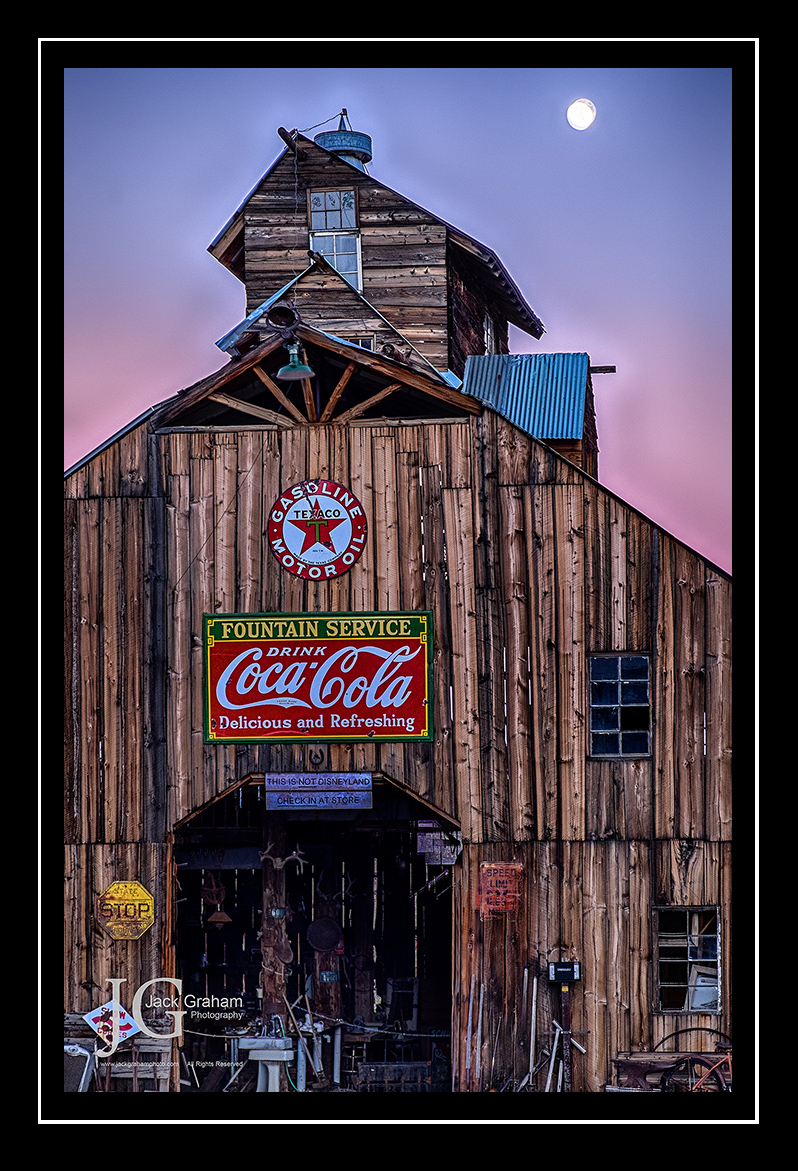
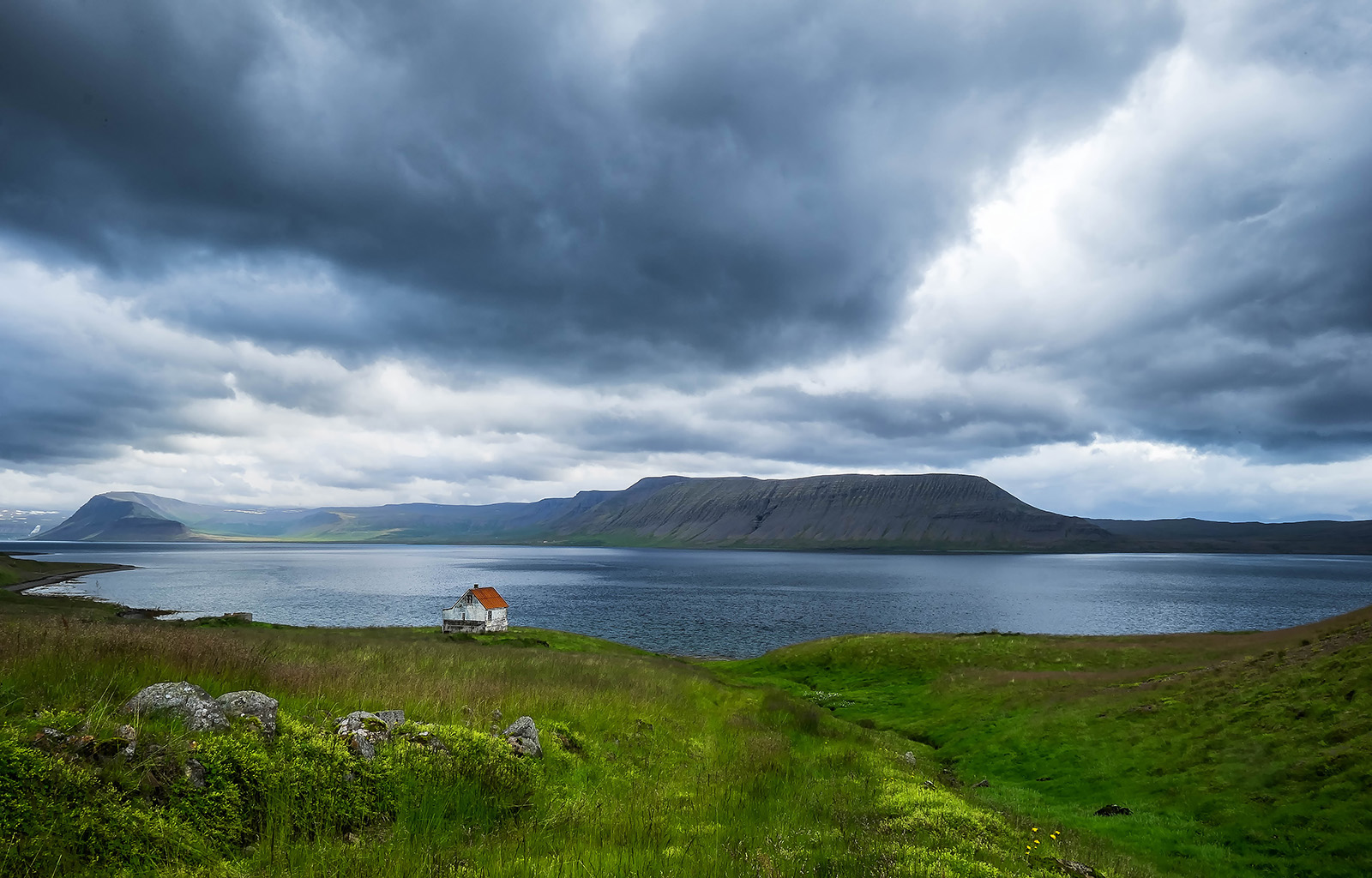


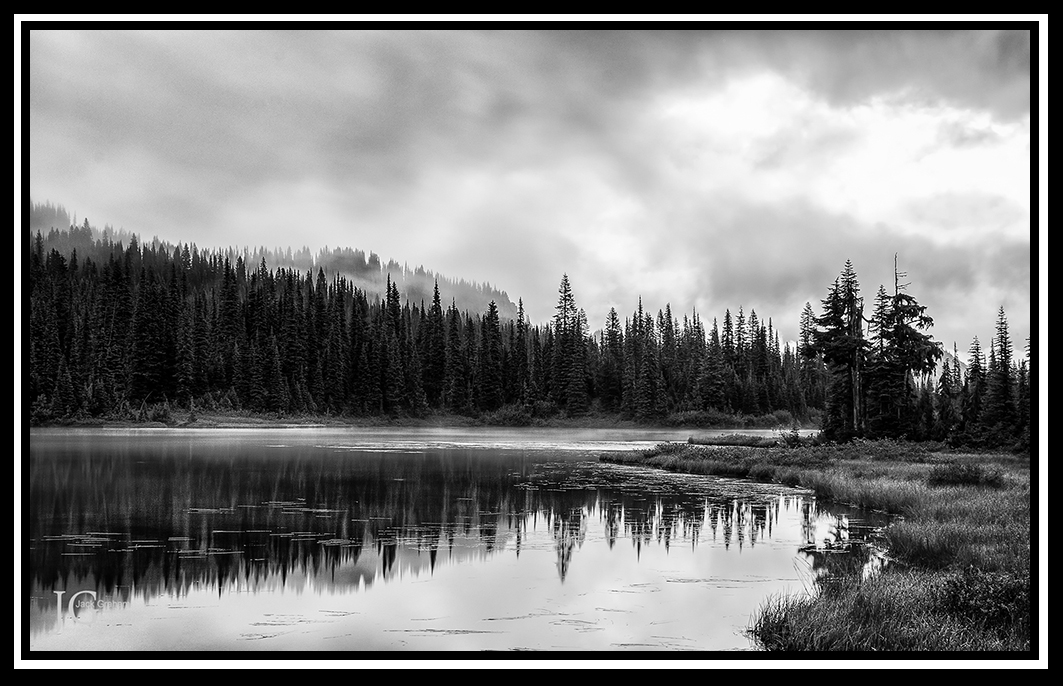
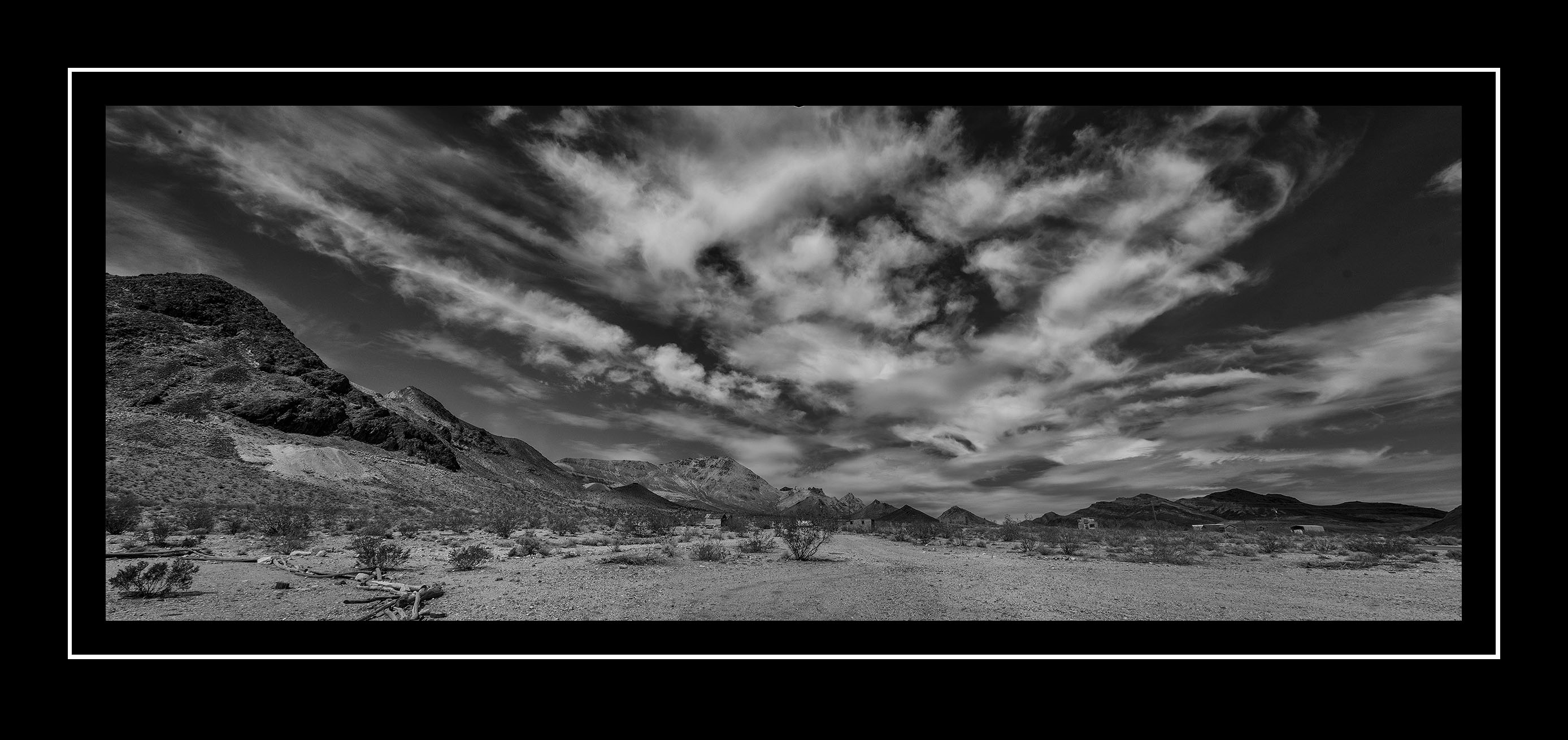

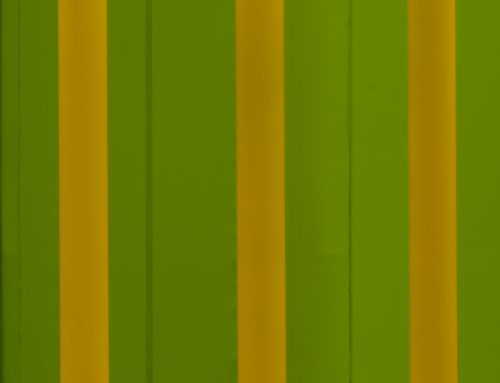
Thank you for sending the new workshop schedule. Just a quick question, are the links supposed to work in it? Maybe I’m doing something wrong, but the links to individual workshops don’t seem to work.
Thank you, Sharon
Sharon, They should be working fine—they are on my end?—Thanks again for your interest and consideration!–JG